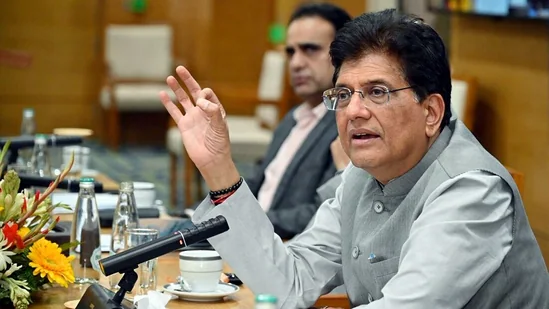Red Fort Blast and India’s Zero-Tolerance Stand: Amit Shah’s Stern Warning and the Expanding Investigation
- MGMMTeam

- 2 days ago
- 3 min read
The deadly explosion near Delhi’s Red Fort Metro Station on 10 November 2025 shattered the city’s routine and reminded the nation of the constantly evolving threat of terrorism. A white Hyundai i20, parked for hours near one of India’s most iconic monuments, erupted in flames, killing over a dozen people and injuring many more. As images of the blast circulated, the government moved swiftly, invoking anti-terror laws and handing the case to the National Investigation Agency (NIA). What followed was a series of strong political statements, major security reviews and a large-scale hunt for those behind the attack.

Amit Shah’s Warning: “We Will Trace Them Even in Paatal”
Within hours, Union Home Minister Amit Shah delivered one of the most uncompromising statements in recent years. Speaking at the Northern Zonal Council meeting, he declared that the perpetrators would be hunted down “even from the depths of paatal.” This was not just rhetoric—it was a reaffirmation of India’s long-standing policy of zero tolerance toward terrorism under the Narendra Modi government. Shah stressed that every agency, from state police to federal institutions, would operate in full coordination to uproot terror networks, particularly those attempting to destabilize the national capital. The meeting also observed a minute’s silence for the victims, underscoring the seriousness with which the issue has been taken.
Growing Clarity on the Plot: The Investigation Deepens
As the NIA took charge, the investigation began to reveal new layers. A resident of Kashmir, Amir Rashid Ali, was arrested for helping facilitate the purchase of the blast vehicle, suggesting a wider network behind the strike. Subsequent raids led investigators to uncover nearly 2,900 kg of explosives in Faridabad—one of the largest seizures linked to an urban terror case in recent memory. Officials also indicated that the attackers were exploring more advanced tactics, including rocket-style launchers and drone-based delivery systems, echoing methods used by global terror groups like Hamas and ISIS. Such disclosures signal the sophistication and ambition of the network that attempted the assault.
Security Implications: Reinforcing Defenses in India’s Capital
The blast triggered an immediate security overhaul in New Delhi. High-density public zones such as transport hubs, tourist sites, and central government buildings were placed under intensified surveillance. Agencies also began reviewing vehicle-purchase monitoring mechanisms, especially those involving second-hand cars, which have increasingly been exploited in terror incidents. The Northern Zonal Council highlighted that cooperation between states and the Centre would be crucial not only for this investigation but for reforming long-term counter-terror frameworks.
National and International Dimensions
While the NIA continues to assemble evidence, the blast has drawn concern from international observers as well. Multiple reports suggest that the attack may have cross-border linkages or ideological inspiration from foreign militant organizations. As a result, India’s diplomatic and intelligence channels have become more active in tracing potential international connections. Domestically, the blast has also prompted discussions around public safety, rapid response infrastructure, and legislative powers granted under the Unlawful Activities (Prevention) Act (UAPA).
The MGMM Outlook
The Red Fort blast once again exposes how deeply terror networks continue to target India’s symbolic and strategic locations, reminding us that the threat is neither distant nor diminished. The swift response from the government—especially Amit Shah’s resolute statement that the culprits will be traced “even in paatal”—reflects a nation that refuses to compromise on security. From the NIA’s rapid takeover of the case to the uncovering of nearly 2,900 kg of explosives and evidence of sophisticated methods like drone and launcher-based attacks, the investigation shows the scale and ambition of those aiming to destabilize India. For us, this incident underlines a harsh reality: terror outfits are constantly evolving, and India’s preparedness must evolve even faster.
At the same time, the blast reinforces the necessity of a long-term, coordinated security architecture across states, something the Northern Zonal Council meeting strongly echoed. The arrest of individuals with suspected Kashmir links, coupled with possible international ideological influences, shows that such attacks are rarely isolated events—they emerge from larger networks that require both domestic vigilance and diplomatic counter-pressure. For our readers, this event is a reminder of why a zero-tolerance policy is not merely political messaging but a national necessity. The way this investigation progresses will shape public confidence and send a strong signal to forces—within and beyond our borders—that India’s resolve is stronger than any threat they attempt to unleash.
(Sources: Moneycontrol, Financial Express, Times of India)




Comments